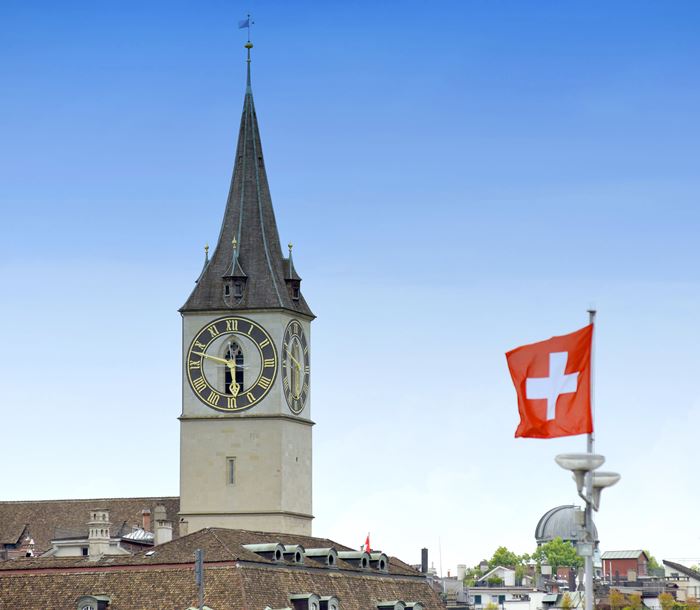A taste for quality: Switzerland, a shift towards premium selections
Switzerland's record-high wine import prices
2024-03-13

Switzerland, known for its exquisite tastes and high standards for quality, has shown a nuanced shift in its wine import patterns in 2023, illustrating a broader narrative about global wine consumption trends and the evolving palate of Swiss consumers. In a year marked by a modest contraction in volume but a steadfast appreciation for premium selections, the Swiss wine market's latest movements offer a captivating glimpse into the intricate dynamics of wine importation and consumption.
In 2023, Switzerland reduced its wine imports by 5.6% in volume, bringing it down to 167 million liters, and by 4.6% in value, amounting to 1,230.4 million Swiss francs (CHF). This downturn in volume acquisition marks a historic low since records began in 1996, indicating a significant shift in a market that has been largely consolidated for years. Despite this volume reduction to historical lows, the value of imports remained robust, ranking as the third-highest to date, trailing only behind 2021 and 2022. This resilience in value is attributed to a consecutive third-year price increase, elevating the average price to an all-time high of 7.37 CHF per liter—a 1.1% uptick.
When converting these figures into euros, based on the current exchange rate, Switzerland imported wine worth 1,281 million euros in 2023, at an average price of 7.67 euros per liter. Remarkably, this positions Switzerland as having the highest average price among the top 10 global wine importers, underscoring the country's penchant for premium and high-quality wine products.
The detailed breakdown of imports reveals a nuanced landscape. While the overall volume saw a decline, sparkling wine stood out as a bright spot, witnessing a 6.7% increase in value. Conversely, the only format to see an increase in volume was bag-in-box (BiB), up by 1.3%, rebounding from a challenging 2022. Bottled wine led the imports with 97.2 million liters (a 5.1% decrease) and 891 million francs (a 6.5% decrease), constituting over 55% of the volume and 72% of the total value. Despite a slight 1.4% decrease in its average price, bottled wine's dominant position underscores a consistent preference for this format among Swiss consumers.
Sparkling wine, in particular, achieved record value, growing by 6.7% to nearly 260 million francs and gaining market share as the second most acquired wine type, though still far behind the 59.3 million of bulk wine and 20.3 million of BiB, both experiencing double-digit declines. Notably, Switzerland imported nearly double the volume of bulk wine compared to sparkling wine, with BiB gaining traction as the fourth most imported wine type, reflecting evolving consumer preferences and market dynamics.
The shift from bulk to bottled wine over the years has been significant. In 2000, bulk wine (including BiB for historical comparison) led imports with 61% of the total (109.4 million liters), a stark contrast to the 55.3% represented by bottled wine in 2023 (92.3 million liters). This transition signifies a marked shift in consumer preferences towards higher-quality, packaged wines, contributing to the notable increase in the average global price over the past 23 years, from 5.62 to 7.37 CHF per liter. Sparkling wine, in particular, has seen the most proportional growth, from representing 6% of the total in 2000 to 14.1% in 2023.
The Swiss wine market's evolution from bulk to premium selections reflects broader trends in consumer behavior, emphasizing quality, sustainability, and the experience of wine consumption. As Switzerland continues to navigate its wine importation landscape, these trends offer valuable insights into the future of global wine consumption, where quality increasingly trumps quantity, and the story behind each bottle becomes as important as its contents.
Founded in 2007, Vinetur® is a registered trademark of VGSC S.L. with a long history in the wine industry.
VGSC, S.L. with VAT number B70255591 is a spanish company legally registered in the Commercial Register of the city of Santiago de Compostela, with registration number: Bulletin 181, Reference 356049 in Volume 13, Page 107, Section 6, Sheet 45028, Entry 2.
Email: [email protected]
Headquarters and offices located in Vilagarcia de Arousa, Spain.